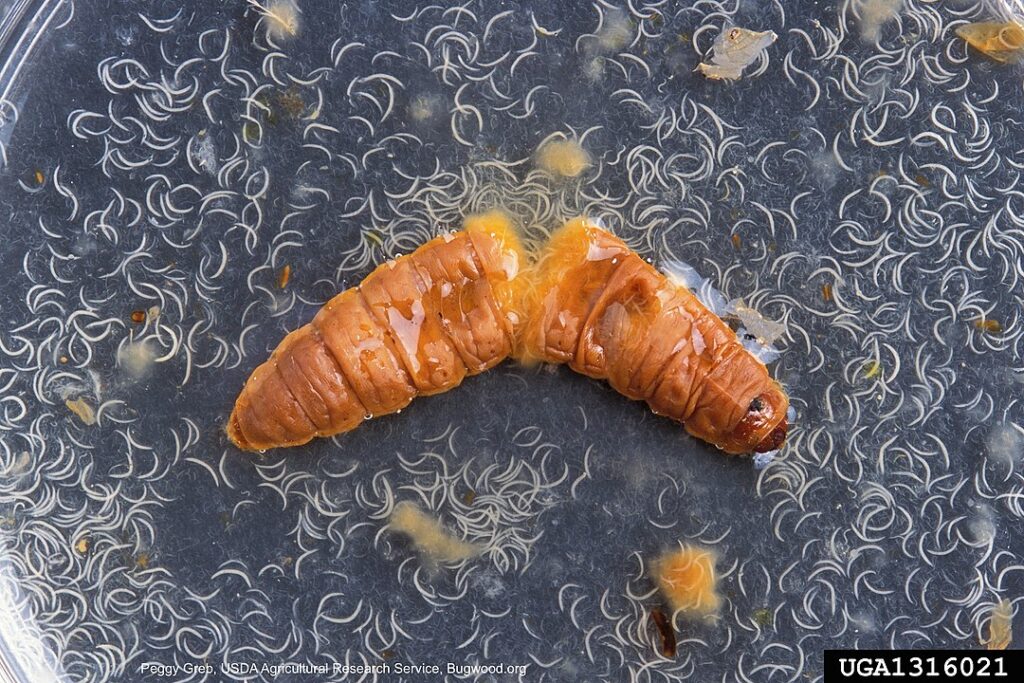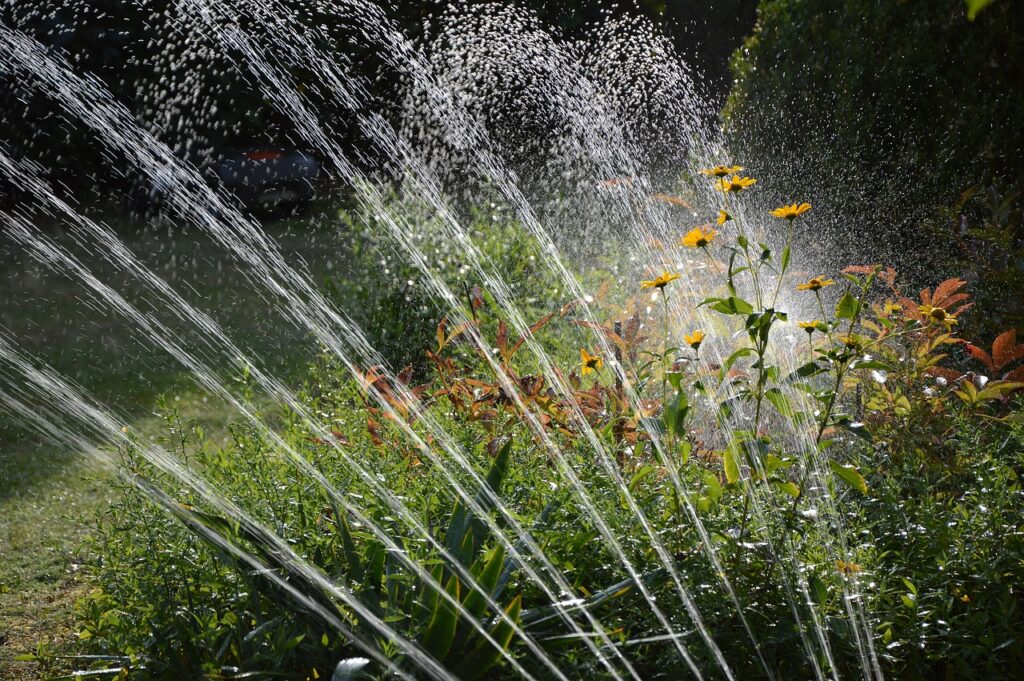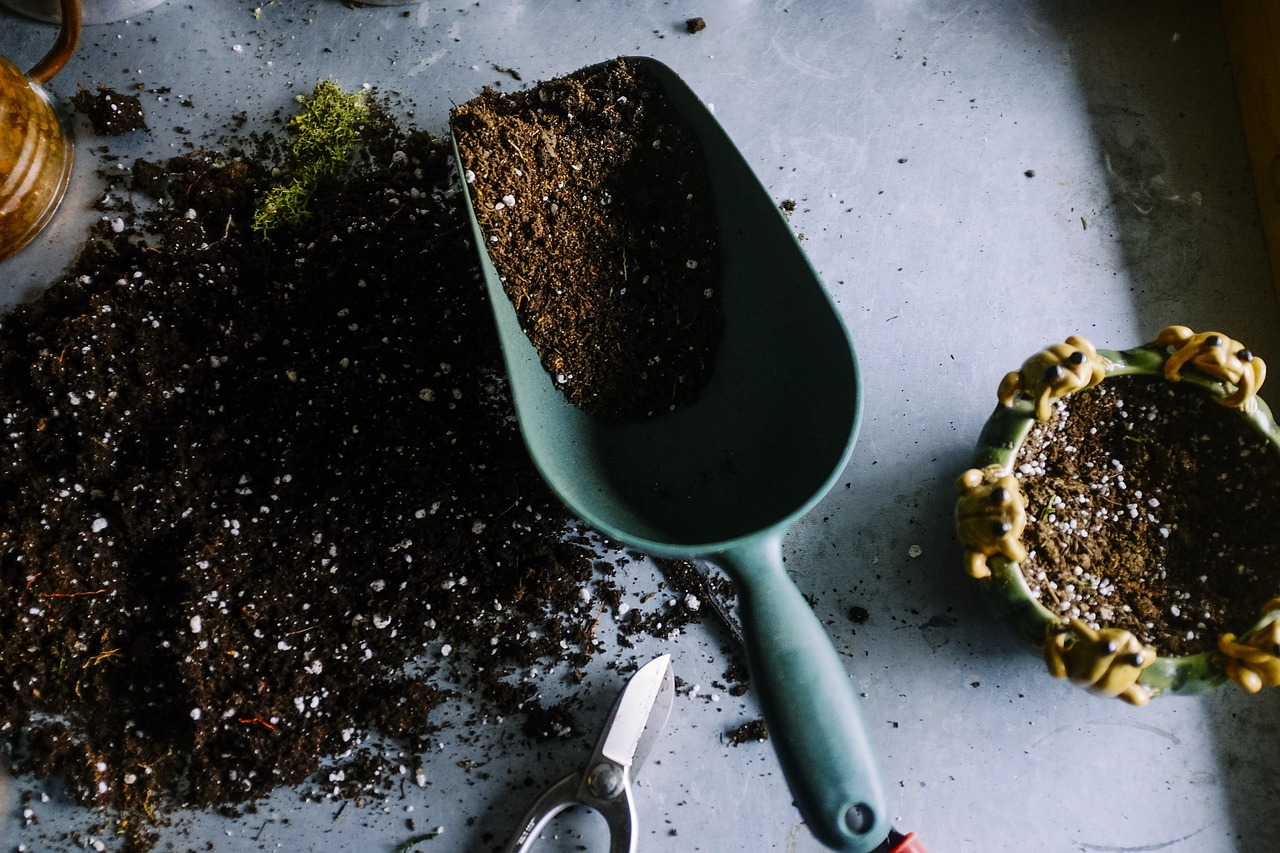Fleas can thrive in your garden, lawn, and yard. And your pet who likes to play outside may end up getting these fleas. To protect your pet from fleas outside your home, it’s best to keep your garden, lawn, and yard as flea-free as possible. One of the best ways to do this is through the use of nematodes.
What are nematodes and how do they help get rid of fleas?
Nematodes are microscopic roundworms that eat decaying or dead animals and plants and small living insects. Not all nematodes are parasites, but the nematode species that target fleas are.
These nematode species, also sometimes referred to as beneficial nematodes, go through the soil to look for live insects. Once they have found live insects, they will bore through the unfortunate insects’ bodies and live there.
While inside, these nematodes release gut bacteria that are harmful to the insects. The insects end up dying within 48 hours and the nematodes exit the corpse to look for other hosts.
Fortunately, fleas are some of the small living insects that these nematode species like to target.
What are the nematode species that help get rid of fleas?
The nematode species that help get rid of fleas are called beneficial nematodes. They are great not just against fleas, but also against other kinds of pests. Here are the 3 kinds of the known beneficial nematodes.
- Heterorhabditis bacteriophora (Hb) – This nematode species thrives in the soil, but they are often found only in small amounts. So, for them to be effective, you have to use generous amounts. It is also great against ants, beetles, and grubs.
- Steinernema carpocapsae (Sc) – This nematode species sustains itself by targeting the larvae of insects that live in the soil. It is also great against cockroaches, flies, and termites.
- Steinernema feltiae (Sf) – This nematode species is one of the most commonly used against fleas. It is also great against bugs, flies, and mites.

How do you use nematodes to solve your flea problem?
It’s important to read the label of the beneficial nematodes box to know how to properly use the beneficial nematodes for your garden, lawn, and yard. Beneficial nematodes are not harmful to humans, but it’s recommended to use them only on the outside of your home.
Here are the 5 general steps of using beneficial nematodes to get rid of pests.
1. Buy from a reputable seller
It’s important to buy beneficial nematodes from known and legitimate sellers only. Remember that beneficial nematodes are living beings. And when you are selling and shipping living beings, you have to know what you are doing because it can get complicated really quickly.
Since we are already in the digital age, it’s likely that you’re looking for beneficial nematodes online already. Only trust legitimate websites. Read the reviews too to know if the seller you’re looking at is reputable.
2. Use them immediately (avoid storing for excessive periods of time)
Buying from a reputable seller doesn’t guarantee that the beneficial nematodes you have just bought are sent to your doorstep properly. Once you receive the package, open it and try to catch a fishy smell.
If you smell something odd, the beneficial nematodes are probably dead. They can die because of exposure to too much heat or cold or because of prolonged storage. If this happens, contact the seller immediately and ask for a refund. They will understand this because beneficial nematodes are indeed tricky to store, package, and deliver.
If the package smells fine, it’s best to use it immediately to prevent the beneficial nematodes from dying before they can do what they are meant to do. If you can’t use it immediately, wrap it with aluminum foil and store it in the refrigerator.
Beneficial nematodes don’t like light, heat, and cold. In perfect conditions, they can survive for up to 14 days.
3. Mix them with water
It’s ideal to use the beneficial nematodes early in the morning or late in the afternoon to prevent too much light exposure. It’s great to use them in the spring too, where the weather is not too hot and not too cold.
Follow the instructions in the package. But generally speaking, the beneficial nematodes are mixed in a water bucket. Make sure to mix only what you can use within a 30-minute period for maximum potency. Beyond that, they may die in the water. Let them sit on the water for about a minute or two.
Some beneficial nematodes come with spray bottles. But if you happen to buy some that don’t, you can use your own spray bottle or watering can at home. Transfer the nematode-water into the spray bottle or watering can and it will be ready to kill some fleas.
4. Apply the nematode-water on the soil
Some people add one or two drops of food coloring on the spray bottle or watering can to help them see if they need to refill. But this step is not necessary. Before spraying, there are 2 things you need to do.
First, you need to soak your garden, lawn, and yard. This step is necessary to ensure the effectiveness of using beneficial nematodes. They need moisture to operate. Second, you need to shake your spray bottle or watering can to make sure that the beneficial nematodes in them are properly distributed.
Then you can now apply the nematode-water on the soil all over your house’s exterior. After application, you can also consider opening your sprinklers to further help the beneficial nematodes do their thing.
5. Spray again if necessary
If you have followed the necessary steps, you can kill the majority of fleas that may be thriving outside your house in less than 48 hours. You can repeat the entire process if you’re not satisfied with the results.
If you think your flea problem is not improving even after repeated application, it may be best to consult with a professional pest controller. You may be doing something wrong or you have a very special case in your hands.

What happens to the nematodes once the fleas are gone?
Beneficial nematodes are not harmful to humans, so there is no need to worry about their fate once they have done their jobs in your house’s exterior. But if you are really curious, there is good news for you. Beneficial nematodes die after they have cleared your house’s exterior of fleas. They are parasites. Without hosts to rely on, they will die.
Beneficial nematodes are some of the best ways to get rid of fleas. They have no chemicals. They are all-natural. And they essentially disappear after they kill the fleas troubling your space.


Can flea nematodes be used in summer after a rain? I live in Texas and the dogs are picking up fleas all the time. We have lots of squirrels and other wildlife (carriers). Will they keep infecting the yard?
Hi Eleanor,
Thanks for posting. It is important to remember that nematodes don’t like to be too cold or too hot. So, late Spring or early Summer are the best times to apply nematodes. After a rain should not be a particular problem, as you would need to water your yard lightly prior to application any way.
I hope this helps.
Good luck
Deal With Pests